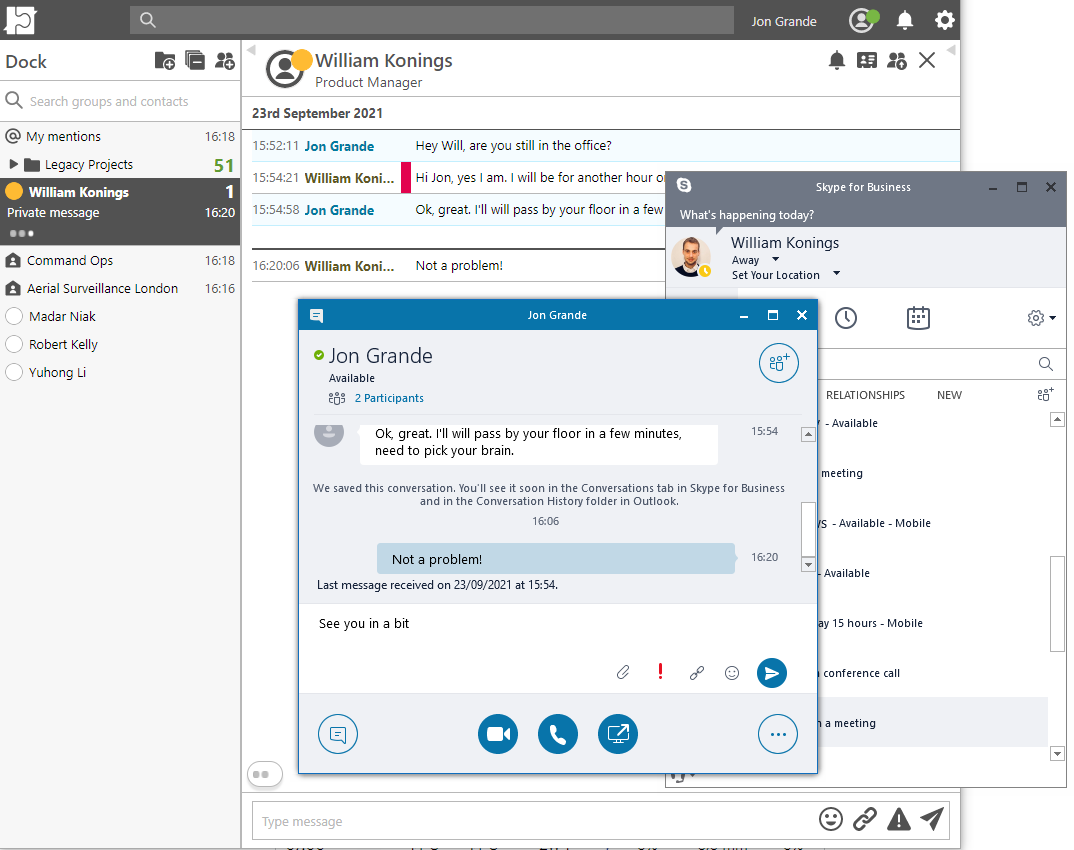Trusted secure mission information sharing
We deliver innovative solutions to the information sharing challenges of the National Security & Defence mission.
Specialist in secure mission collaboration
MindLink® is a trusted secure mission information sharing platform for organisations and their mission partners to establish a global communication backbone and advance mission execution.
Empower
MindLink® empowers mission operatives to make timely, accurate and intelligent decisions.
Protect
MindLink® enables frictionless collaboration around even the most sensitive information whilst defending against the most prevalent threats.
Connect
MindLink® allows organisations to build a global communication backbone to support effective cooperation between international partners and information networks.
PRODUCTS
MindLink®
platform
MindLink® offers the freedom to securely share classified information only to those with a need to know, on a federated platform you and your mission partners can trust, in real time.
XMPP
Gateway
MindLink®'s XMPP Gateway enables organisations to communicate between different systems and bridges communications for remote users, often based on XMPP systems.
MindLink®
API
Connect mission applications to secure information sharing. MindLink® features a RESTful API to develop custom integrations and a range of ready-made chat bots.
SOLUTIONS
Purpose-built for National Security & Defence
Secure, encrypted chat designed for effective mission collaboration in real time. Using advanced data classification and user entitlements, MindLink® protects mission data and restricts access to those with a need to know.
Find out what MindLink® can do for your Mission.

Secure Federation
Enabling real time, classified collaboration across distributed mission components. MindLink®’s cutting edge federation protocol (FRNIX) is specifically designed to securely share classified information only to those with a need to know on a federated platform you and your mission partners can trust.
Skype for Business interoperability & migration
Coupling MindLink® to your Skype for Business estate enables secure collaboration with new features, additional access controls in a single pane of glass user experience.

MindLink® Chat Engine enables our internal users and external coalition partners to collaborate effectively and securely in active mission scenarios. By enforcing data classification and end-to-end encryption we minimise the risk of data spillage to better protect the mission. MindLink not only increases our data security posture but directly impacts our ability to make critical decisions in real-time and brings focus to mission execution.
We're very pleased with MindLink® API, which helped us implement our chatbot on Skype for Business in a few days, and allowed us to focus on the business outcomes of our bot instead of the plumbering. The team was very responsive to help us understand the API set up & to answer questions on our specific needs.
When the UK’s Carrier Strike Group-21 (CSG-21) set sail in late spring 2021 on a 28-week deployment, it was headed by HMS Queen Elizabeth embarking on its maiden voyage. It was a given that the security of the most powerful British warship ever built would be a top priority, especially since CSG-21’s route would take it via contested waters. Throughout the deployment, MindLink enabled strategic Indicators & Warnings to be provided to HMS Queen Elizabeth Strike Group, including the continuous provision of locational data of allied and hostile forces.